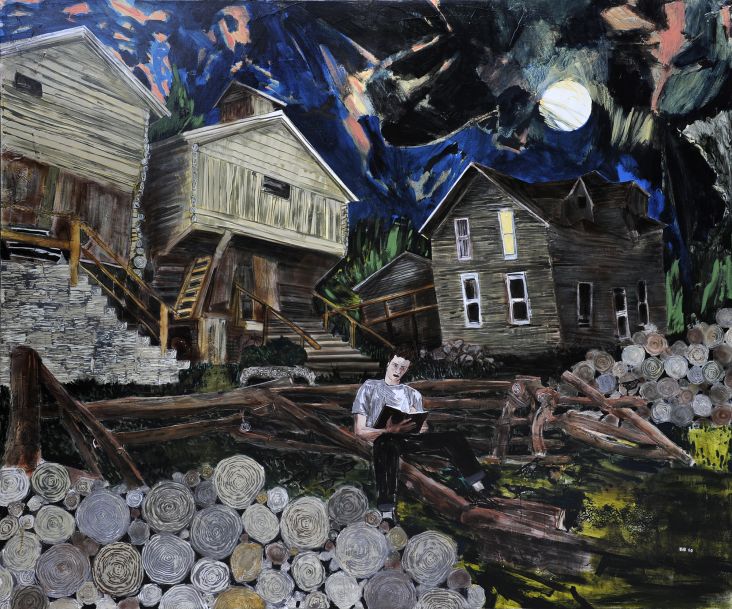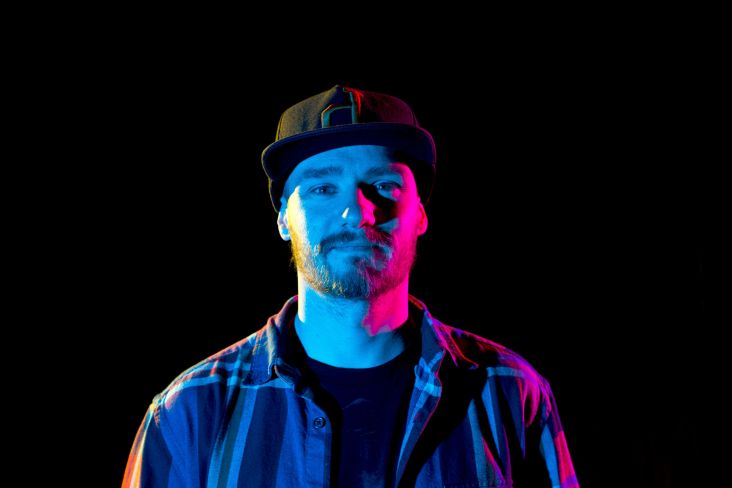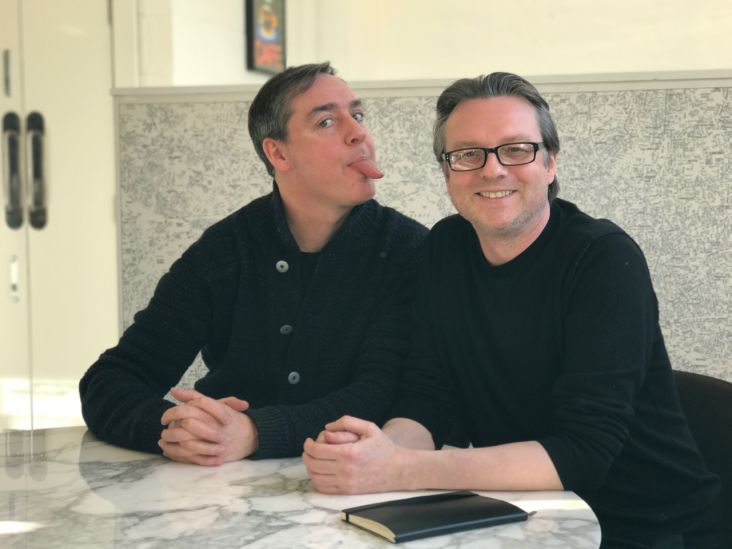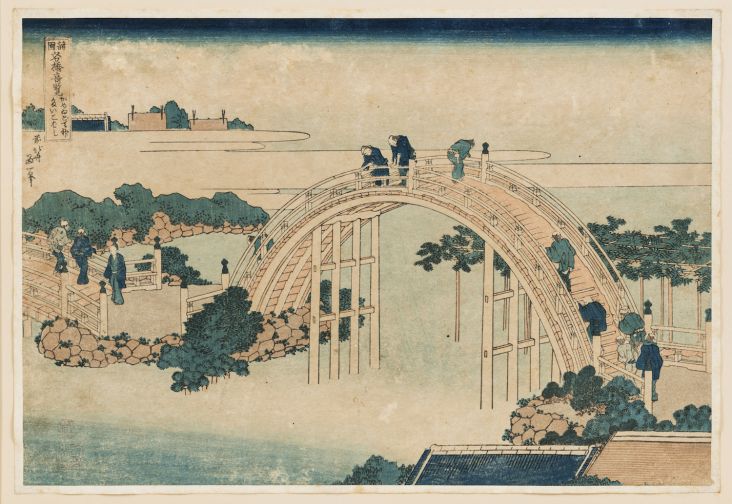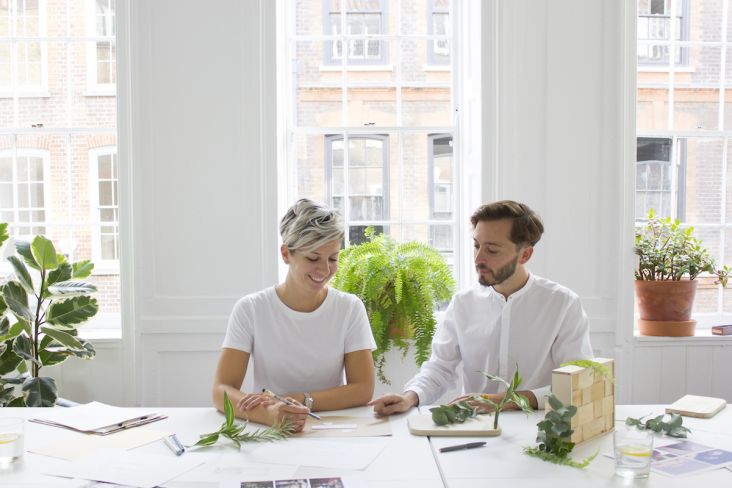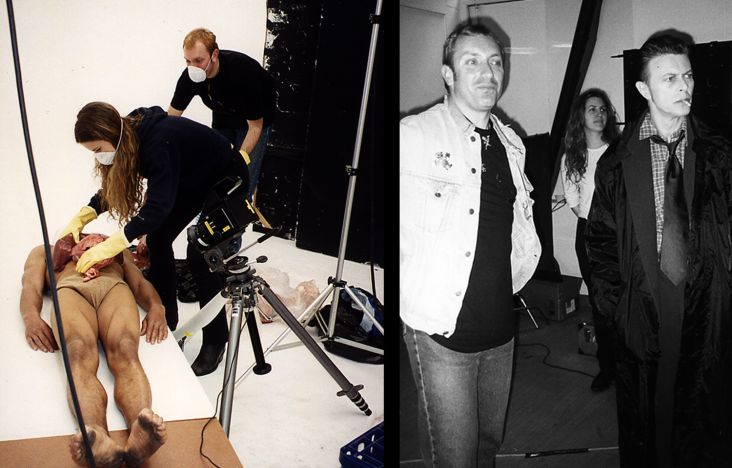Illustrator Sergio Membrillas on what makes a great client, and the importance of passion for your work
Valencia-based illustrator Sergio Membrillas has a style that's indebted to classic illustration of days gone by in its clean lines and simple geometries. Yet what makes it stand out is a keen wit: with each illustration, he manages to distill not just a miniature narrative, but also a sense of playfulness and a jolt of humour.
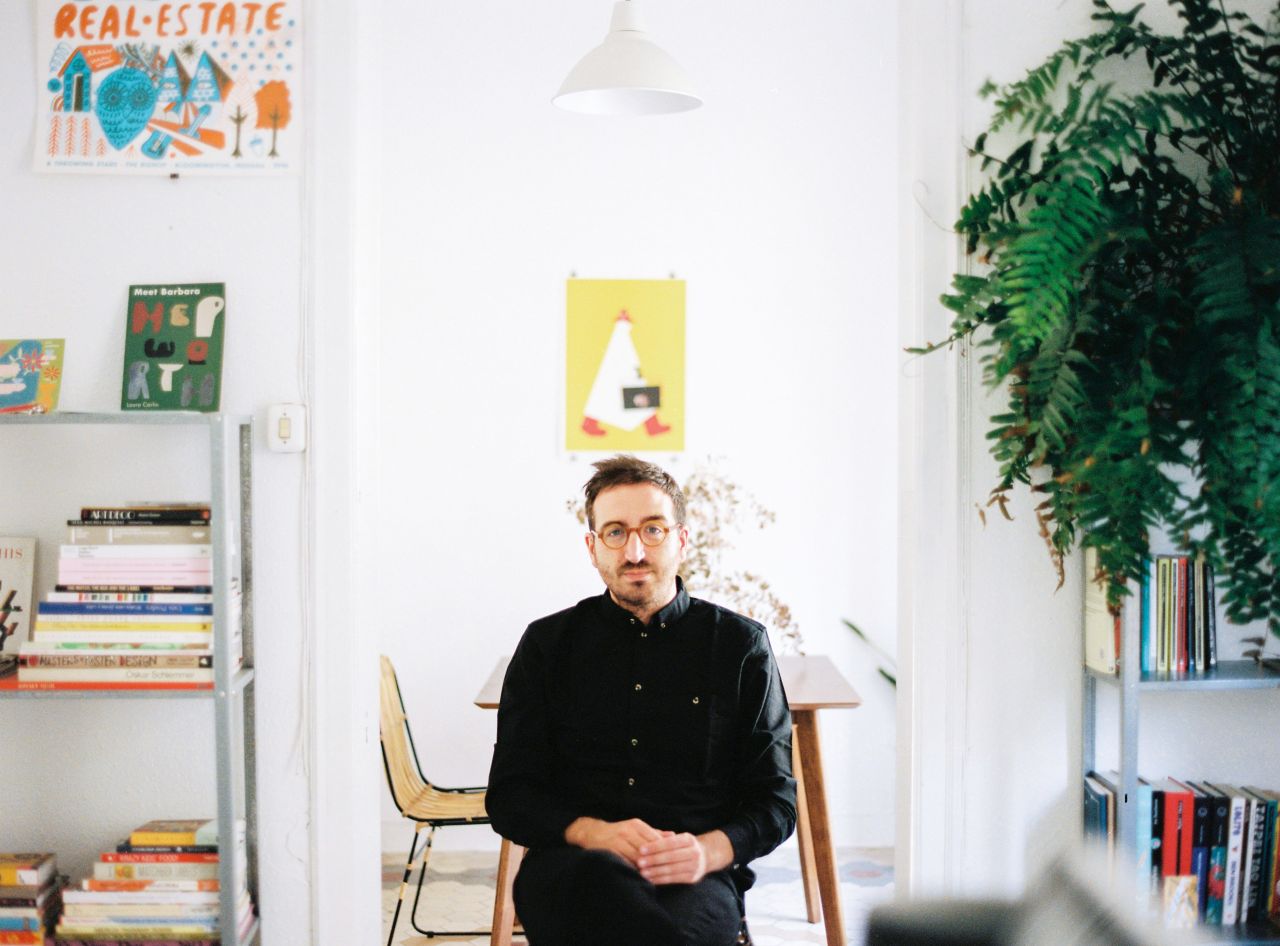
Membrillas boasts an enviable client list including publications The New Yorker, The New York Times, Wired magazine, Die Zeit, The Telegraph and The Washington Post, as well as brands like Vans. From the sounds of it, he's living a life he's always wanted to, but he's said that his dream project is "illustrating a big mosaic in a big building, the way it used to be done in the '60s and '70s". Someone, somewhere, please commission this!
We spoke to him about what makes a dream client, and what he wishes he'd known in design school.
How did you get into illustration? When did you realise you could make a career out of it?
I’ve been drawing since I was a kid, and it has been always my passion. Although I’d always wanted to do that to make a living, and as a way of life, obviously it took me some time to get there and to know how to do that.
I took a Fine Arts degree and studied Graphic Design and Illustration within that, but it took me two years after finishing that course to realise you could actually make a living from drawing. Sometimes it takes time to realise things, or just to be brave enough to do them. Since that very moment of realisation, I’ve focused on illustration as one of my most important life goals.
What makes a fun and a not-so-fun project to work on?
I like when projects are open and the topics are difficult. It makes your work challenging and fun. So I guess the 'no fun' goes in reverse. A great client is one that trusts you. And one that pays good fees.
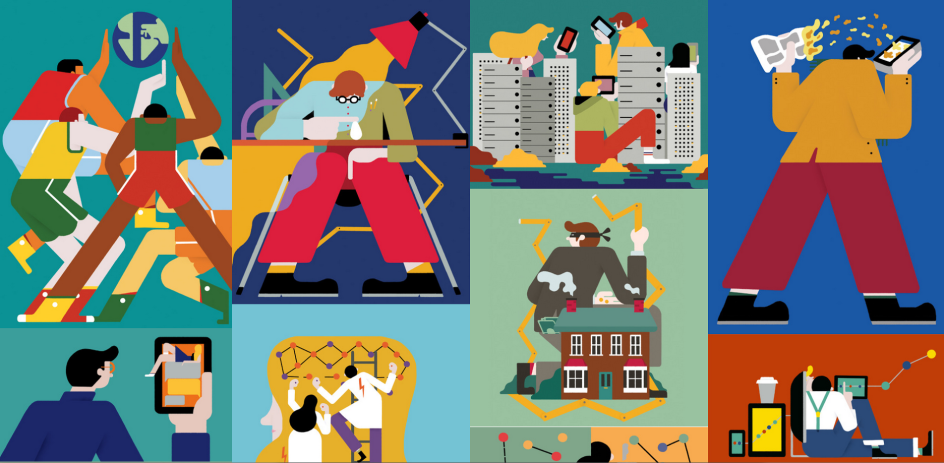
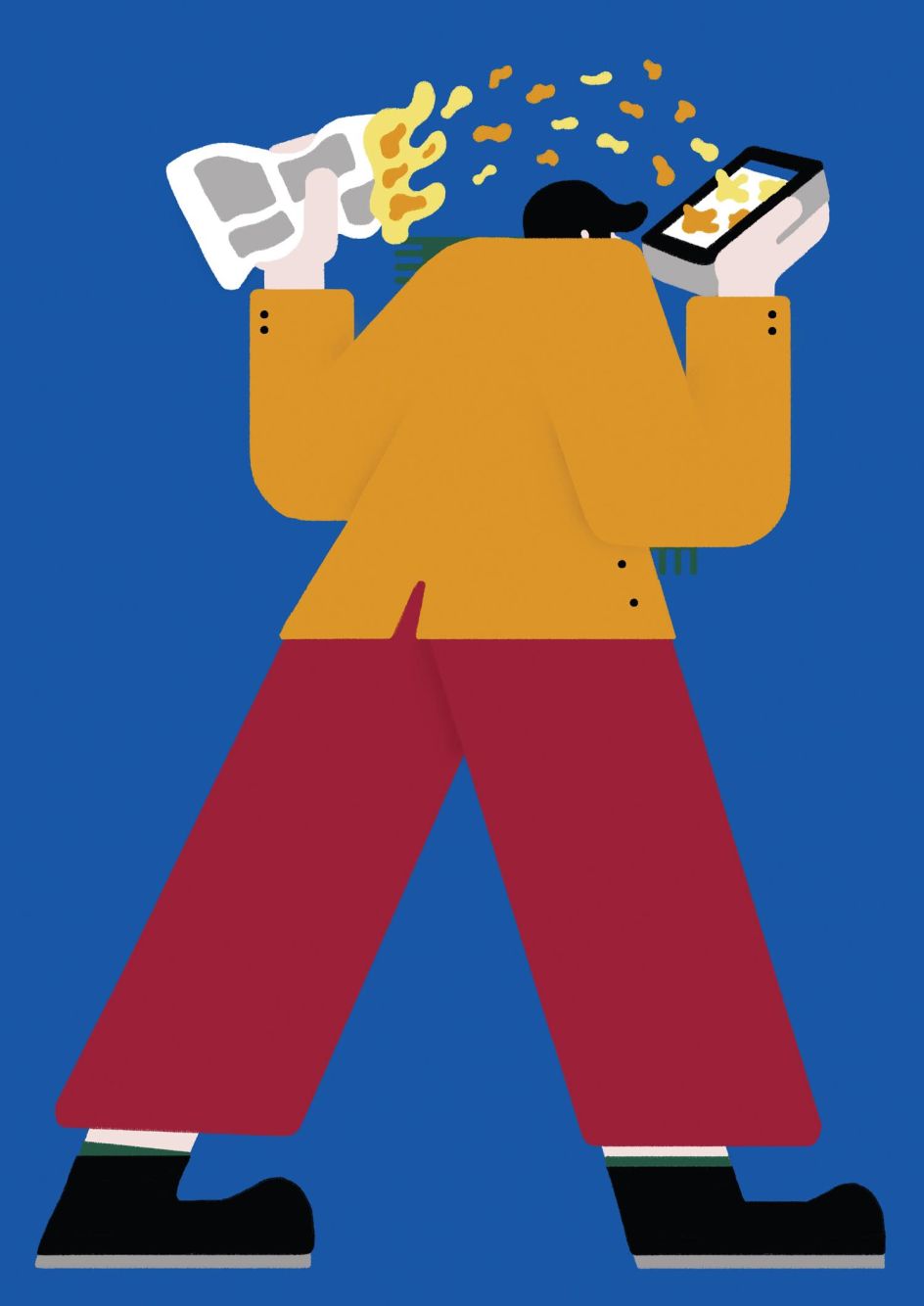
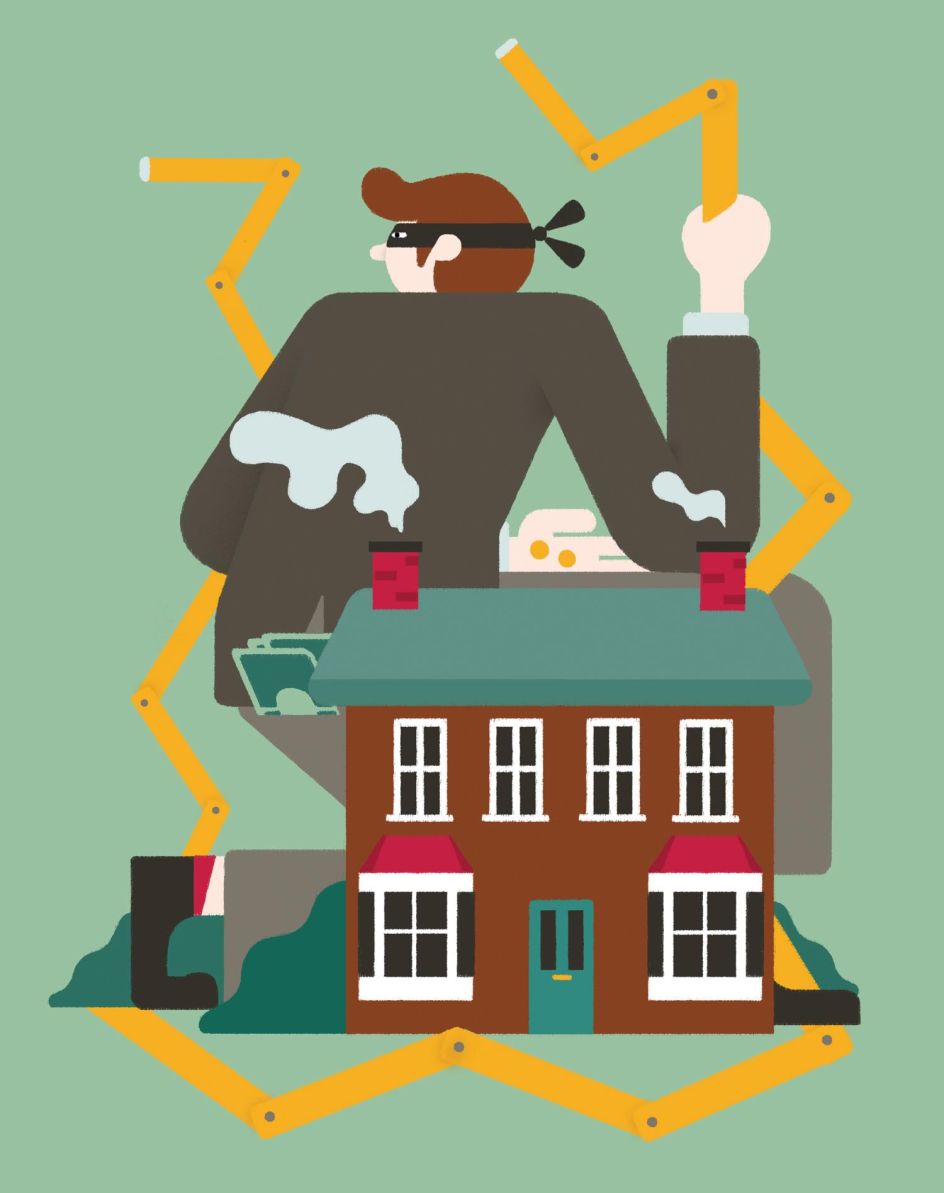
Is there anything that frustrates you about the industry? How would you change it?
I don't like how the industry tries to approach young illustrators with 'collaborations' instead of commissions. We can only change that, we have to be strong, and keep our path and charge for every commission we do.
What has surprised you the most about your career and why?
Some magic moments like working for The New Yorker, Beck or Future Islands among others... The power of the internet is something that has changed my life, literally.
"A great client is one that trusts you. And one that pays good fees."
What’s your advice on finding work, and retaining clients?
Being professional, serious, a perfectionist, and trying to show the client that doing this work is actually my passion in life.
How would you describe your style?
Graphic and kind of retro, but in the way that’s influenced by the graphic artists like Tom Eckersley or Fredun Shapur. Their work was very avant-garde for their time, working in a style that is very, very graphic.
What tools do you use?
Pencils, erasers, drawing blocks, sharpeners and a Wacom tablet.
What's your process?
I read the briefs, I take some time to build the image in my head, then I draw it. Once I'm really happy with the pencil sketch, I go for the final version on the computer. My sketches are really similar to the end product, so I give myself plenty of time until I'm satisfied with my work.


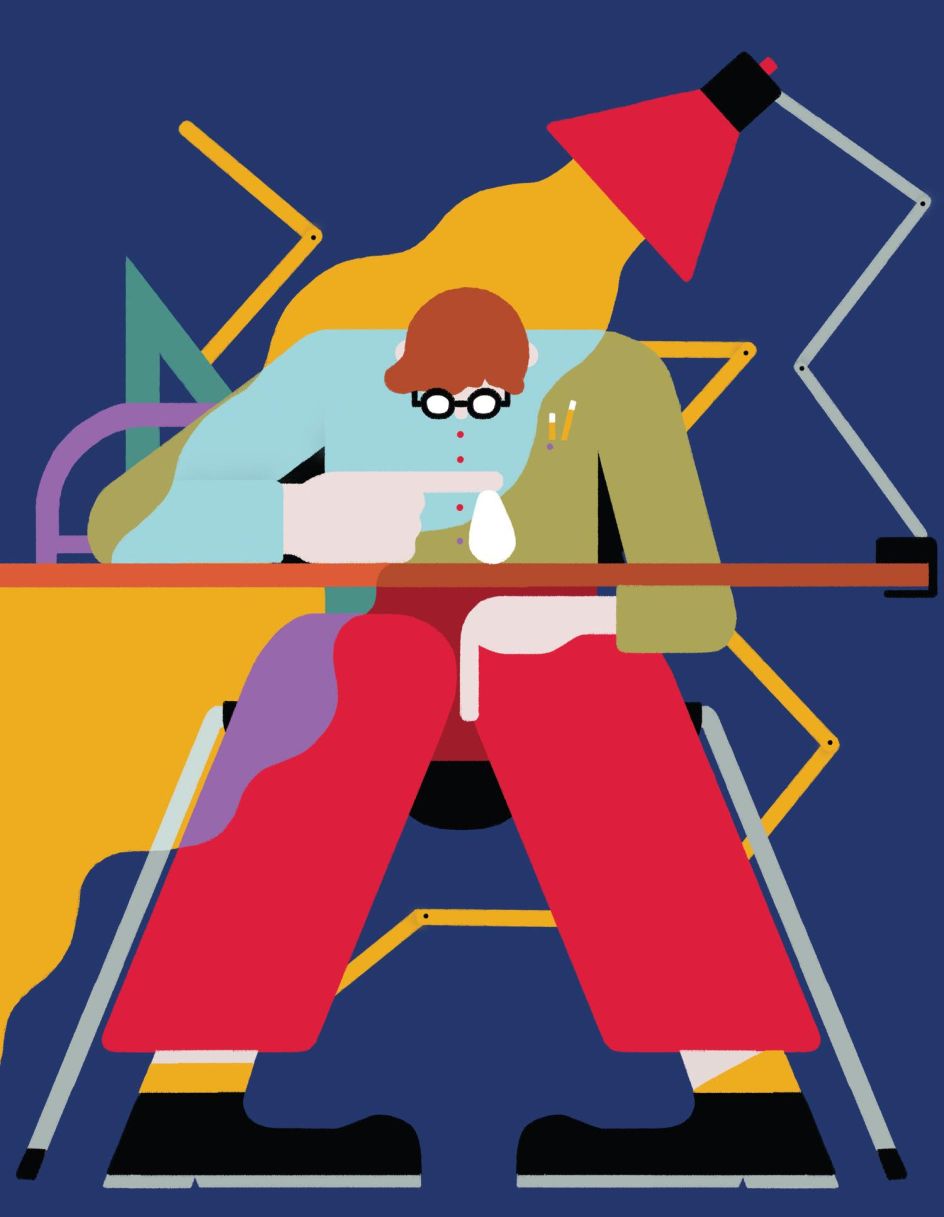
Has there been anyone in your life who has influenced you and led you on this path?
My mother, for encouraging me to be brave with my creativity and my drawing skills as long as I remember.
What's your workspace like? For you, what makes a good working environment?
I work from home, which happens to be a beautiful place, so I’m very lucky about that. My workspace is decorated with all the stuff I like: prints by my friends, and all my books and plants. You have to be comfy, and be surrounded by beautiful things. That is quite important. Beautiful objects and ace prints can make your life more beautiful, and they’re easy to get hold of.
You sometimes teach at University of Fine Arts at the Polytechnic University of Valencia. What do you think are the most valuable things students should learn at art school?
To be patient, constant, and to understand that our job is necessary in society.
If you weren't an illustrator, what would you be doing?
Any other option that would involve illustrating in a way or another. It’s too deep in my 'hardware' to try and imagine myself doing something else.
Main image credit: Photographer Raúl Pérez














